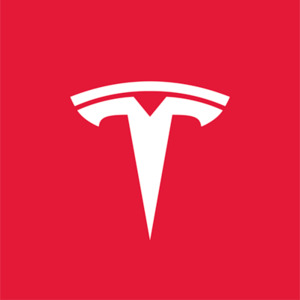Prices are going Down Down Down @ Tesla
With rebates in some states this makes a good enough car with good range specially that can go from 0-100 in 4.4 seconds if that's what tickles you. Me personally would not buy anything that's not LFP.
Please note this is not the Highland which is MY23.5
![[QLD] Tesla Model 3 Long Range AWD MY23 (Old Model, Less than 50km on Odometer) $63,570 + On-Road Cost @ Tesla](https://files.ozbargain.com.au/n/44/831844.jpg?h=c42c3a5e)

Site doesn't say what batteries are in these.
$68400 in SA